
California Games II, created by legendary publisher Epyx, invites players to chase eternal summer through five vibrant extreme-sports challenges. Whether you launch a surfboard into curling waves or guide a skateboard along twisting streets, the game radiates breezy West Coast charm. Its multi-event structure recalls the competitive flair of Summer Games while sharing the colourful, free-wheeling attitude found in Skate or Die. Smooth controls, quirky commentary, and a sunny soundtrack transform every session into a laid-back competition you can revisit anytime. This evergreen classic remains a joy to play, offline or online, for newcomers and veterans alike.
When Epyx released California Games II at the dawn of the 1990s, the studio was already renowned for turning athletic spectacle into irresistible play. The original California Games captured the skate-park pulse of the late eighties; its sequel refined that formula, expanding the roster of events and polishing the presentation without losing the carefree mood that defined Epyx sports titles. The design team drew direct inspiration from the Golden State’s outdoor culture, marrying bright pixel art with playful sound bites that celebrate surfing slang, skate tricks, and sandy beaches. Even decades later the game’s upbeat atmosphere feels like a postcard from an endless July afternoon rather than a product of any single technological moment, making it ageless—and ideal for new generations who discover it through emulation or browser play.
California Games II stands apart from many contemporaries because each discipline delivers a distinct rhythm, yet together they form a coherent athletic festival. Hang-gliding emphasizes glide control and thermals, coaxing players to read invisible air currents. Snowboarding—yes, the competition moves briefly to the Sierra peaks—mixes momentum management with trick timing, adding frosty flair to the coastal roster. Jet ski racing demands rapid course memorization, rewarding flow and reflexes. Then comes skateboarding, where half-pipe acrobatics transition into street-course improvisation, underscoring the game’s embrace of urban playgrounds. Finally, bodysurfing blurs the border between ocean and athlete, challenging you to carve the perfect line inside a rolling breaker. Individually these events could headline their own standalone game; together they create a varied package whose difficulty curve feels fair, encouraging steady improvement rather than punishing missteps. Each session therefore remains fresh long after the first victory screen, particularly when shared with friends who chase one another’s high scores.
Modern emulation keeps California Games II alive for anyone with a browser and a few spare minutes. Because the program code is compact, the game loads quickly even on modest mobile devices, letting you practise jet-ski slaloms during a commute or squeeze in a skateboard run before bed. No installation, subscription, or hardware tinkering is required—just click to play, steer with virtual or physical keys, and sense the breeze from your screen. The online version preserves original graphics, digitized speech, and crisp controls, so the experience mirrors a vintage DOS setup while freeing you from operating-system constraints. Best of all, it remains completely free, meaning newcomers can sample every event without restriction and returning veterans can relive nostalgic moments whenever inspiration strikes. Whether you chase leaderboard bragging rights or simply drift through wave barrels for relaxation, the online edition proves how a well-designed game transcends platform boundaries and technological eras.
Part of California Games II’s staying power lies in its intuitive input scheme. Arrow keys, WASD, or a game-pad’s D-pad handle direction; a single action button—often Space or a pad trigger—governs jumps, grabs, and speed bursts. Because each event reinterprets these basics rather than inventing new commands, the learning curve stays gentle while still allowing mastery through timing nuance. The audiovisual style adds another layer of longevity: soft pastel backgrounds, fluid sprite animation, and playful sampled voices evoke Saturday-morning cartoons more than sterile sports simulations, ensuring the aesthetics feel charming instead of dated. Meanwhile, the soundtrack fuses synthetic surf-rock riffs with sparkling jingles that loop gracefully rather than grate.
Looking back, California Games II occupies a pivotal place in sports-game history. It bridged the gap between score-chasing arcade design and the emerging appetite for character-driven, trick-oriented gameplay later showcased in titles like Tony Hawk’s Pro Skater. Its spirit of accessible diversity influenced countless multi-event compilations, from cartoon olympiads to indie stunt collections. Crucially, the sequel never abandoned what made Epyx’s catalogue special: a sense of playfulness that prizes fun over realism. That ethos remains evident today whenever new players discover they can rack up points by hang-gliding through balloons shaped like sharks or launching a snowboarder into a painted tunnel for bonus style.
California Games II endures because it captures a feeling rather than a moment—a breezy invitation to experiment, fail, laugh, and improve. Its straightforward controls invite anyone to try; its layered scoring keeps experts invested; its optimistic tones make every restart feel like fresh sunshine.
All used codes are publicly available, and the game, of course, belongs to its original authors, whose creative vision continues to gift gamers a perpetual slice of Californian summer.
Share game
Share game

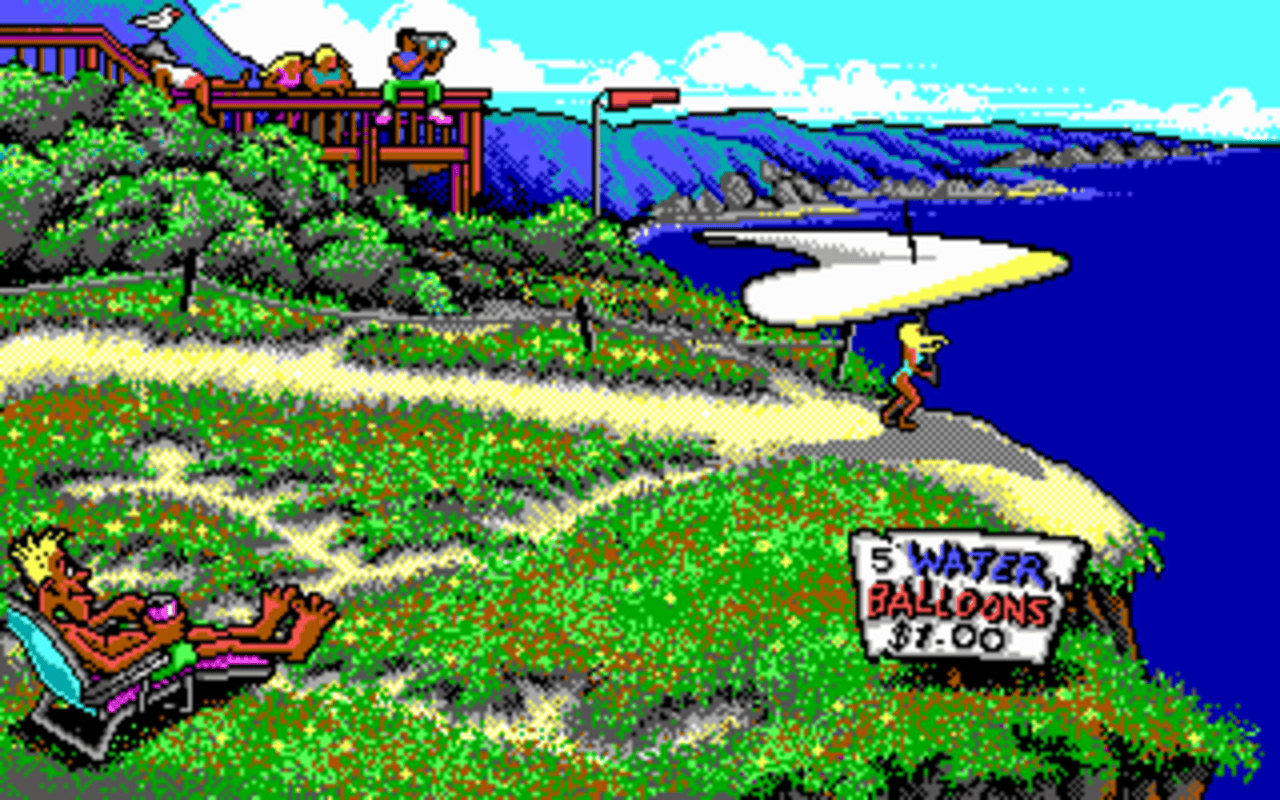

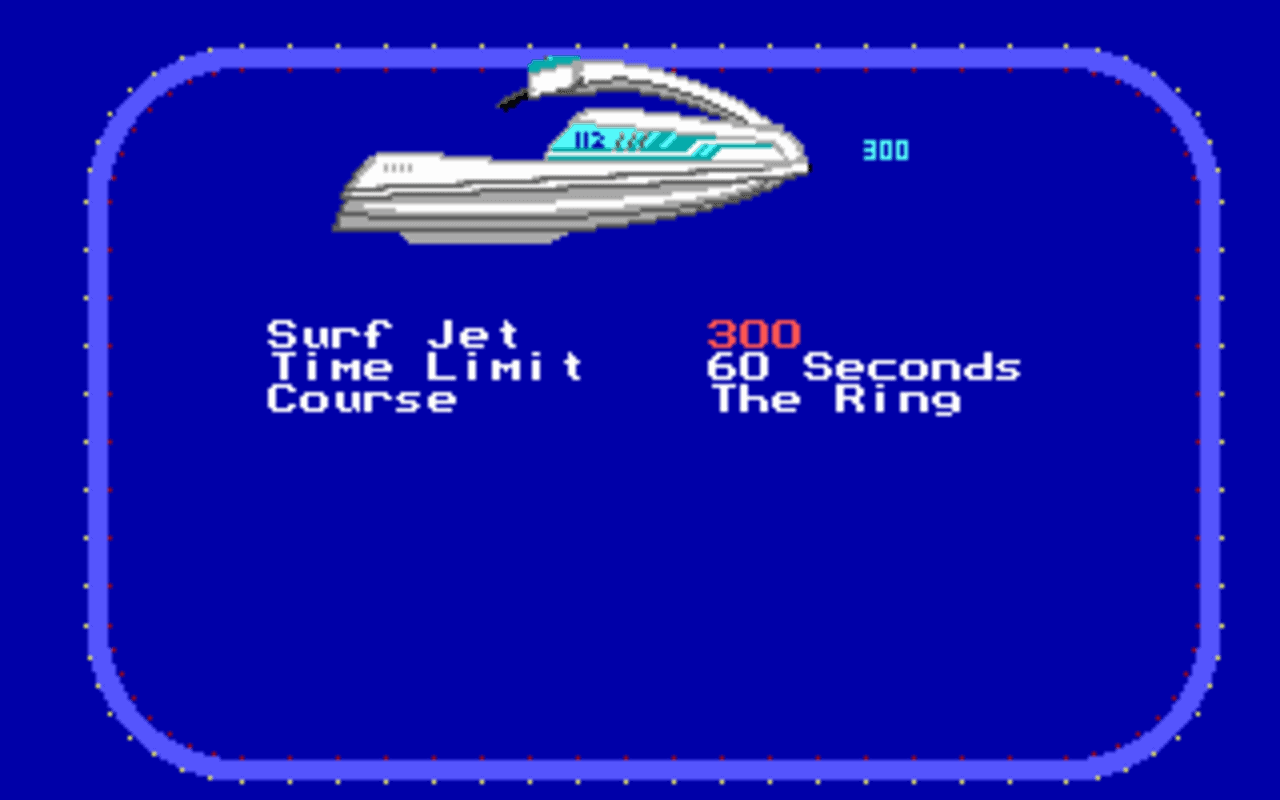
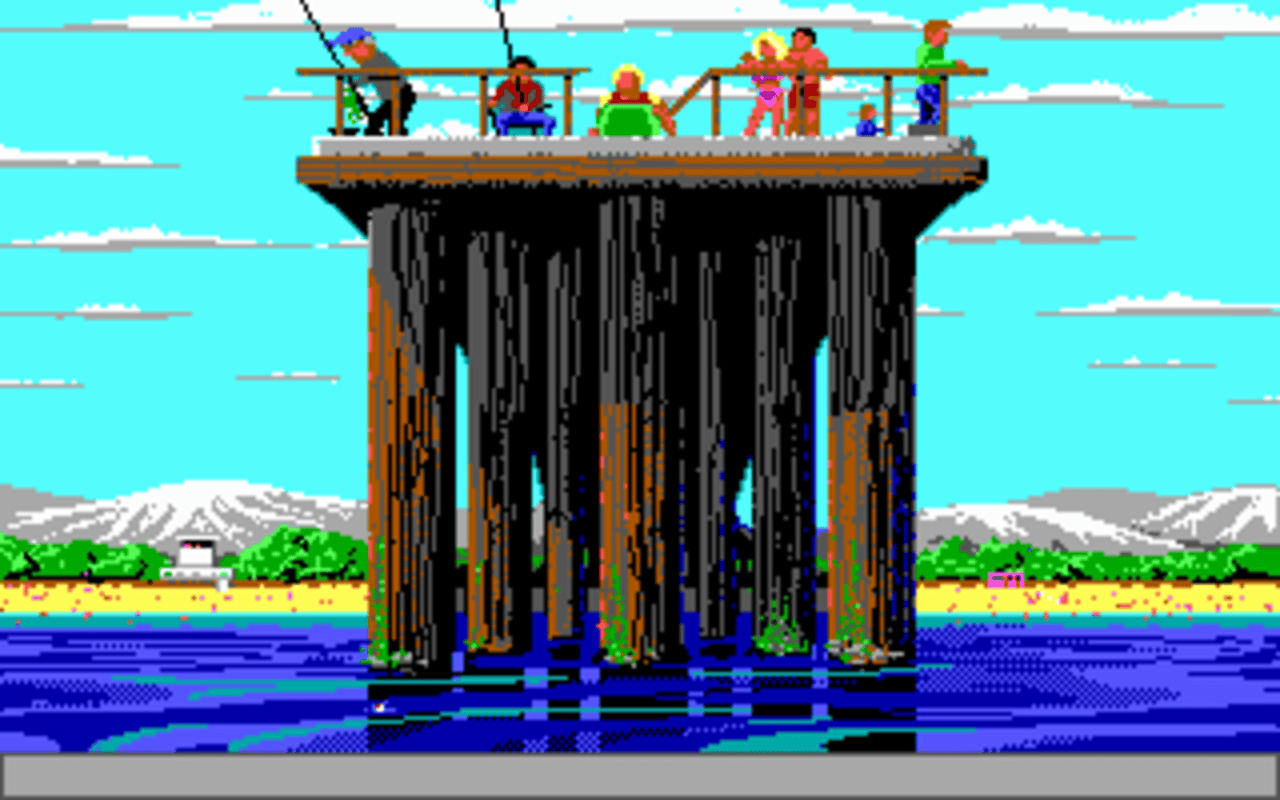
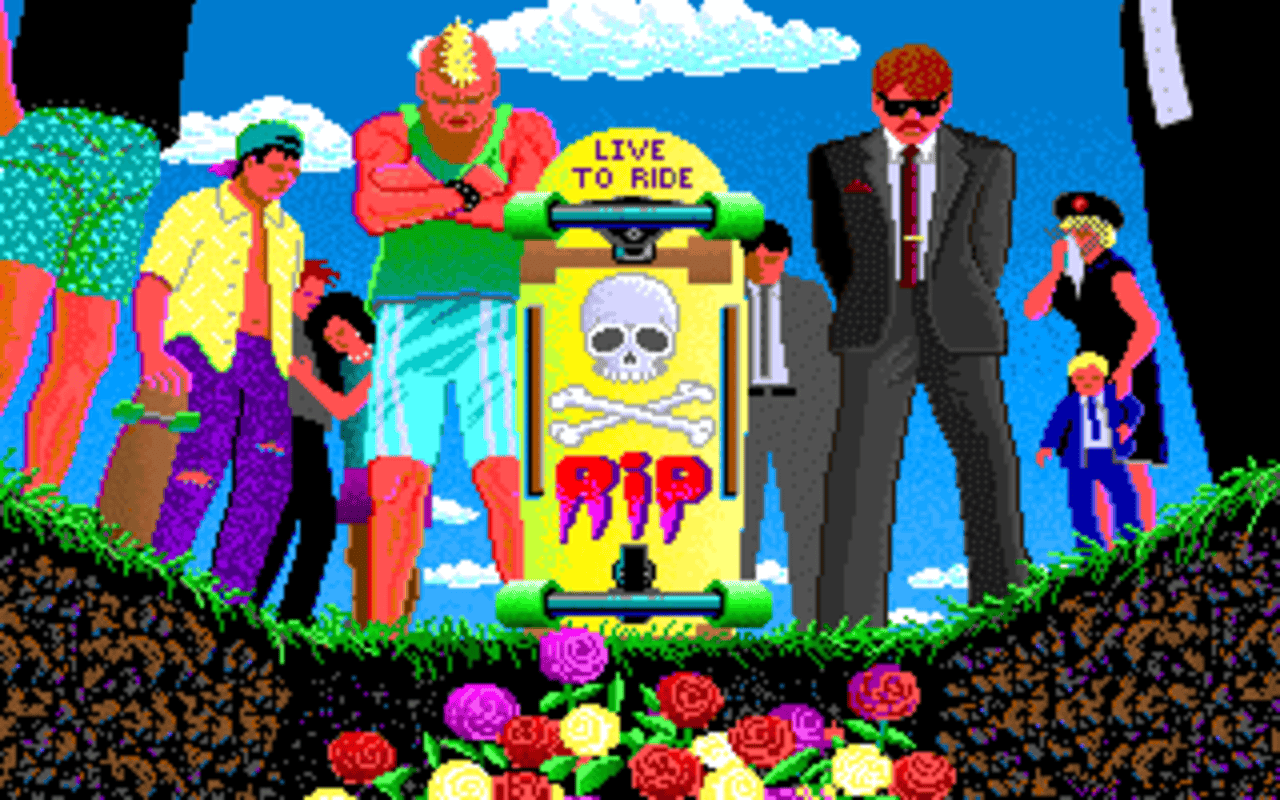

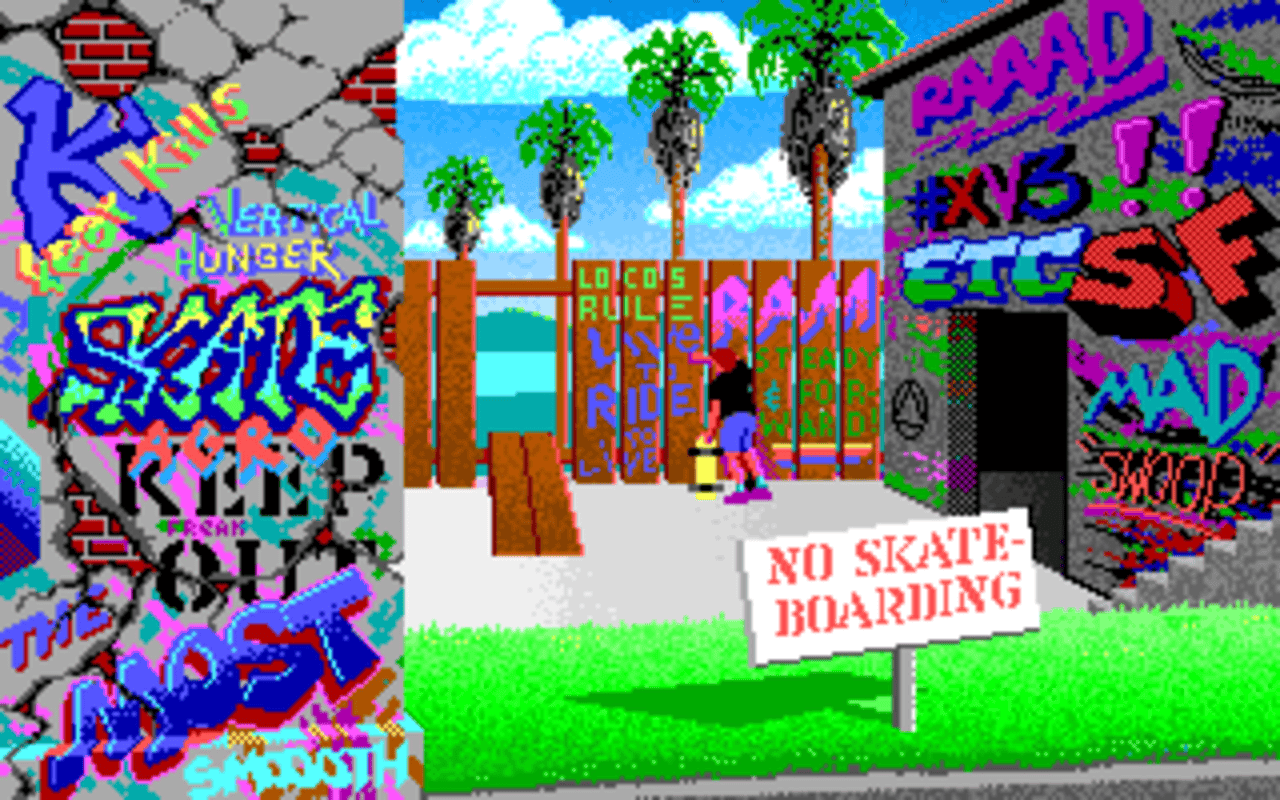
Share game